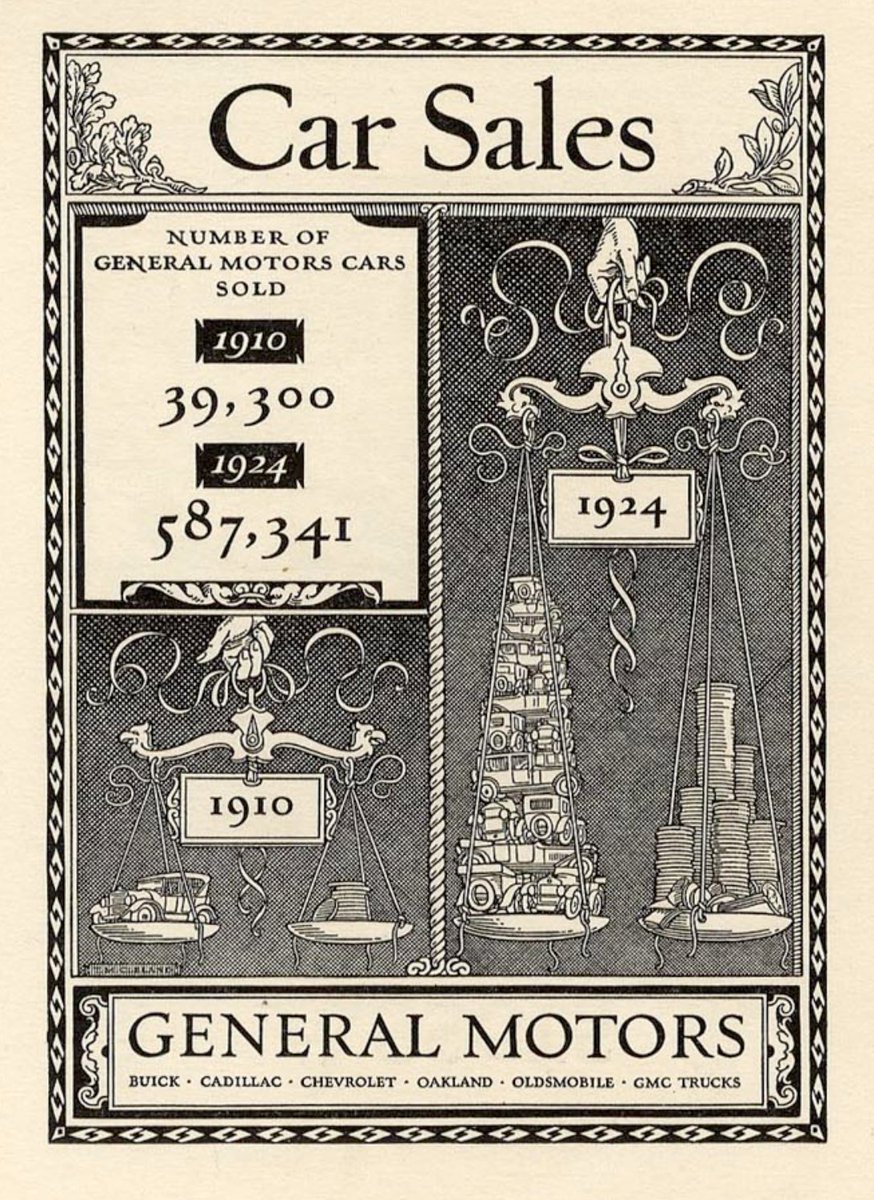
Today we launched a novel dataviz project on a serious subject - the mental health of working parents. Our team (led by @adsevenfour) felt that the human side of the data really needed to be stressed - what better way than with 100 little people walking between the categories! /1
One of the most interesting findings is in the days off work, as most people didn't take more than 5 days off. 

Only 2% needed to take more than 10 days off - but visualizing in this way shows small % changes in a very human way 

We also pull in quotes from working parents around the world. What I found especially interesting was how I identified with almost every comment. We're all in this together! 

And we wrap up the project with a view of the employer offerings. Great design here again from Andy Davies and the team. 

Here's the interactive page - please share your thoughts! This project was really a labor of love and the complexity of the code was really something! covid-tracker.mckinsey.com/working-parents
• • •
Missing some Tweet in this thread? You can try to
force a refresh












